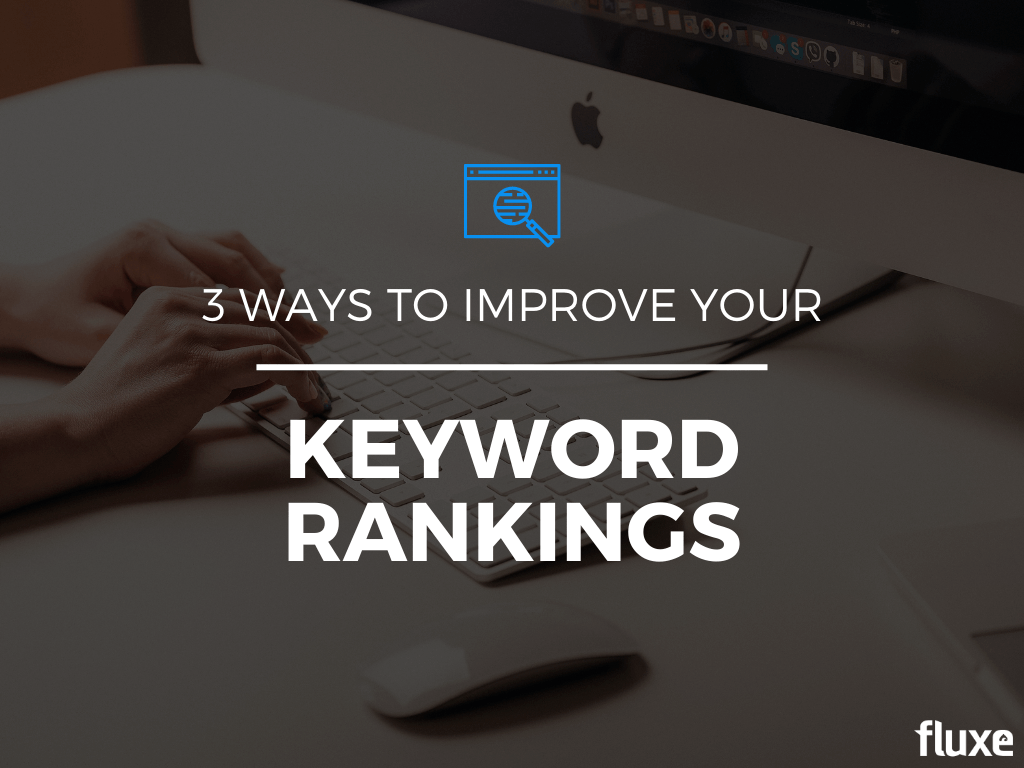One of the most popular pieces of advice in the modern world of content marketing is “write how you speak.”
At first glance, it’s a brilliant concept. Writing how you speak should save a ton of time and brain power. And in our culture that’s obsessed with shortcuts and hacks, it’s no mystery why this idea gained traction.
Instead of wasting hours staring at a blank page or laboring for days over one email sequence, the possibility of simply “talking it out” sounds extremely attractive.
But…
While the idea and its promise is enticing, when taken literally, “write how you speak” is terrible advice.
Ums Aren’t Your Problem
I’m a big fan of any new tool or process that makes my life easier. Since writing is one of the most rewarding but time-consuming aspects of my life, I’m always looking for new ways to improve my process. If there’s a way to make writing faster and easier, sign me up. I’m all for it.
That’s why I jumped all over the video transcription tool, Descript, when it first came out.
There are several standout features, but the one that caught my eye was the “Filler Word Removal”. One click removes the “ums,” “uhs”, and “you knows” from your transcript. And audio. And video.
Filler words may not seem like a big deal, but after I uploaded my first video, I was shocked at how many I used. Considering the average speaker uses about 5 filler words per minute, and a 2,000-word blog post would take around 15 minutes to speak out loud… it adds up quickly.
When staring at a page full of highlighted “ums”, I wanted to believe these filler words might be the thing keeping me from dictating my blog posts.
But here’s the catch:
Even after removing all filler words and correcting a few transcription errors the AI didn’t catch, it was still horrible to read. It was grammatically correct and made perfect sense when I said it aloud. But when I read it silently, it was still trash.
It was yet another gentle reminder that writing how you speak should never be taken literally.
And that was never the point, was it?
Conversation Is Connection
If you’ve ever used one of the hundreds of transcription tools available now, you know exactly what I mean. Reading a transcription of a webinar, speech, or presentation is painful and confusing. Sarcasm, emphasis, inflection — it’s all completely lost.
On the other hand, you’ve probably experienced the immense boredom that comes from listening to someone read an overly formal or impersonal article or speech aloud.
Writing how you speak is meant to find the balance. It’s meant to capture the essence of how we relate to and with each other in conversation while keeping us from falling into those traps of rigidity and incoherence.
Listening to someone speak at you (or worse, read at you), isn’t exactly engaging. But a conversation between two real living people is something entirely different. It’s informal. It’s personal. It adds value. It recognizes who and where you are, and speaks to you on that level.
7 Tips to Make Your Blog Content More Conversational
The obvious hiccup is that content is not a “real” conversation with a dialogue exchanged in real time, but this is about your mindset. You already know how to have healthy conversations. You do it all the time. We’re just going to apply some of those same principles to your writing.
You can’t replace a real one-on-one conversation with someone, but you can get close.
Here are 7 tips to make your writing more conversational.
1. Stop Shoulding
No one enjoys being talked down to. Period.
We know this, but it still happens all the time in conversations — both overtly and subtly. And while being imperative or direct has its place in relationships, it needs to be done in the right balance.
For some reason though, in writing, this commonly accepted relationship best practice flies out the window. People frequently talk at their readers instead of to their readers.
They tell them everything they should stop doing and everything they should start doing instead. As the saying goes, “Where there’s should, there’s shame.”
It’s hardly ever intentional, and is sometimes difficult to avoid — especially in how-to articles. We list out our recommended steps, one after the other, with no personal interaction. After an entire article, this can sound dictatorial.
As a general rule, when writing a piece of content, imagine you’re writing a personal email. If it feels too harsh to say to a friend, don’t say it to your audience. And if it must be said, soften the blow a little with some personal framing.
2. Don’t Be a Smarty Pants
When I first started writing for business, I thought I needed to impress people with all the big, fancy words I knew.
In reality, I was just alienating the people in my audience who didn’t know what those long, clunky words meant. And to anyone else, I just sounded pathetic.
Way to go, dummy.
Here’s what I learned: If you want to impress people with your vocabulary, join a club. If you want to connect with your reader, use words that they use. If you want to mimic a conversational dynamic, only use words you use in actual conversations.
Instead of “utilize”, say “use”. Instead of “however”, say “but”.
Instead of “hitherto” say “already”. (Not that you would ever say “hitherto”.)
3. Cut the Cliches
Some writers say to kill all cliches. I believe they have a place in our language for a reason.
Yes, they can be useful, but they can also make your writing sound unoriginal and boring. For a single post, I’d highly recommend a one-cliche limit.
Otherwise you’d… (insert cliche here).
4. You’re Already Great. Be Yourself.
When you’re trying to find your unique voice as a writer, it’s typical to experience some level of an identity crisis along the way.
“Everyone says I need to be who my audience needs me to be, but don’t I also need to be true to myself? I’m learning my voice, but if that changes, am I betraying myself or my audience? I don’t even know who I am anymore!”
It’s usually not that extreme, but we’ve all had our moments, right?
Just breathe. You are enough, just how you are. Now write like it. Don’t try too hard to be someone else or sound perfect. It won’t come naturally to you or sound authentic to your audience.
There’s nothing wrong with improvement, but if it’s just “not you”, don’t publish it.
5. Keep ‘Em Short
Sentence length is also an important aspect of sounding conversational.
Typically, we talk in run-on sentences, and no one ever bats an eye. It’s a normal part of human conversation. We only use short, choppy sentences when we’re doing our best robot impression.
Writing is a different ball game. Nothing can confuse or bore your audience like a five-line sentence that makes three different points. They will read, re-read, and then, if they haven’t closed the tab already, they’ll re-read it again. And they’ll probably leave confused.
When writing, keep it short to keep it moving and don’t include more than one main point per sentence.
6. Say ‘I’
In formal, informative writing, it’s typically better to stay away from first-person language. Sometimes, we carry this over to our content because we think it sounds more sophisticated.
But in your content, don’t shy away from first-person language. You’re allowed and encouraged to use “I” and “you” and “we”.
Your content isn’t an instruction manual or textbook. Your audience wants to connect with you. They want to hear your unique perspective. They want to feel like they’re in a conversation — reading something from a real person who’s talking directly to them.
7. Tell Real Stories
When explaining a new idea, it’s helpful to use examples and analogies to illustrate your point.
This is an excellent opportunity to relate to your audience in your content. Take advantage of it. Avoid generic, theoretical examples. Instead, use actual examples from your industry and personal experience.
This is something we shy away from because we feel the need to “protect the innocent” and avoid talking about past clients or relationships. Of course, you’ll want to use discretion, but telling stories based on personal experiences will create a connection that generic blogs can’t compete with.
Your audience will appreciate your authenticity, and it gives a much higher chance of connecting with them.



